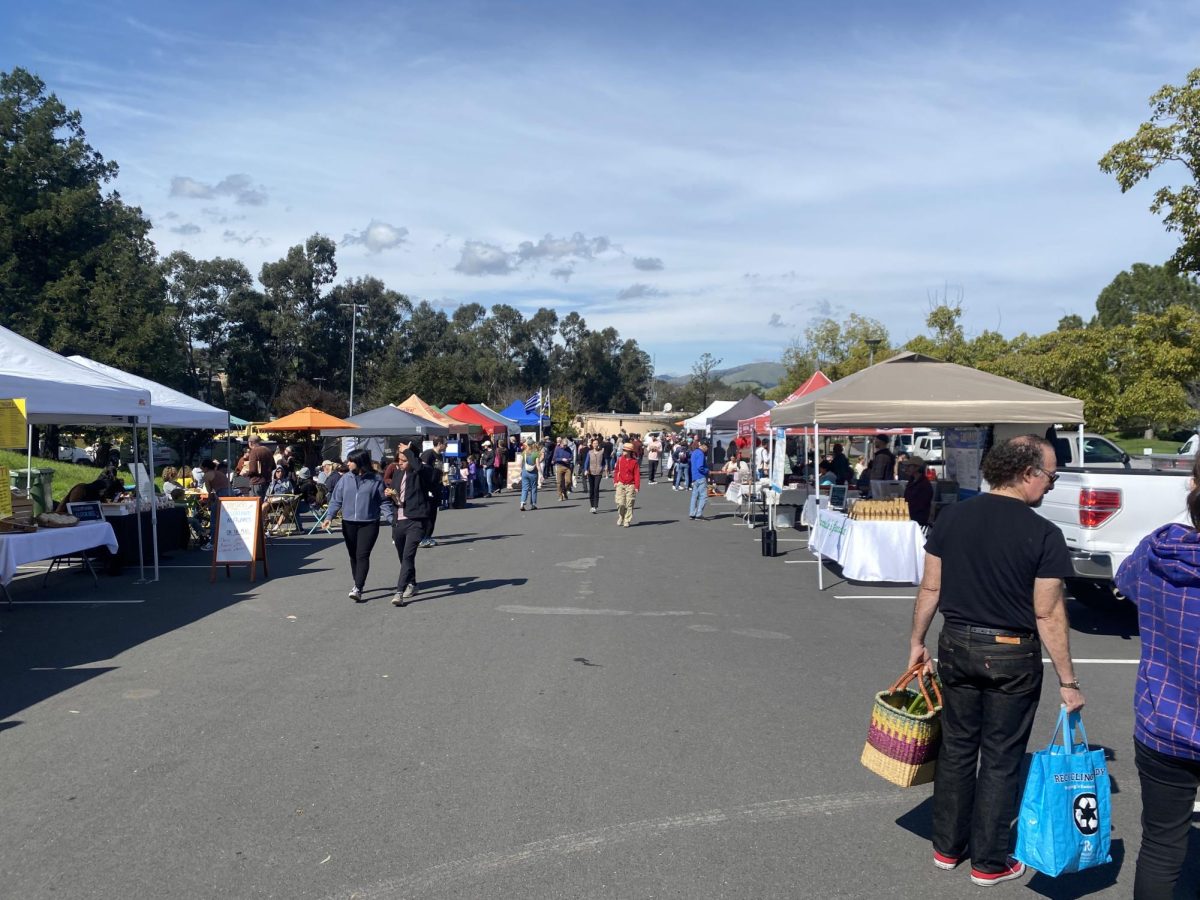How many days does it take the Rolling Stones to record their best album in decades? The answer: only three.
With a tracklist comprised entirely of blues cover songs recorded live, The Stones’ latest release and 25th studio album, “Blue and Lonesome,” comes as a revitalizing agent for an aging and conflict-ridden band, harkening back to the music that inspired the band in the first place.

While the band was perhaps best known as the raucous “World’s Greatest Rock Band,” the music that brought the Stones together, and showed up in many of their first albums, was gritty Chicago blues. And indeed, many songs by the artists who the Stones covered in their initial self-titled album show up on “Blue and Lonesome” as well, including a number of songs by Jimmy Reed, Willie Dixon and Little Walter.
This is not to say, however, that the album is an attempt to relive or regain those early days. The sound of “Blue and Lonesome” differs greatly from the band’s first ventures, with a clear perspective that doesn’t attempt to simply mimic the greats. The album has a singular sound throughout, so that while the songs themselves may be blues standards, their iterations are anything but standard.
Above all else, this is a mature record by a mature band. Devoid of trademark showmanship and pyrotechnics, the album shows the Stones embracing a more subtle style. And it works.
With its live nature, the record has the collaborative feel that their most recent albums lacked. It feels as if the Stones have become a band again, with aspirations no further than playing music that they enjoy. And to this point, the authenticity of the album is what makes it so great.
Neither hard rock nor a feel-good romp, the album is decidedly dark, with the band emphasizing the sinister side of songs with raw edges. Even the most upbeat songs, such as “Ride ‘Em On Down” and “Just Like I Treat You,” are punctuated with punchy guitar riffs and Mick Jagger’s ragged vocals. Jagger’s voice is much deeper and raspier than in years past, but it fits the tone of the album.
“Blue and Lonesome” is fairly simple, with basic production and only guitar, harmonica, drums and the occasional keys taking center stage. This allows for complexity elsewhere that makes the album interesting. Keith Richards’ guitar stands out throughout the album even without long dramatic rock guitar solos, and his guitar riffs largely drive the album. Richards also experiments on songs like the title track “Blue and Lonesome,” where masterful improvisations occur between nearly every line.
In a few places, Richards is joined by the skilled guitarist Eric Clapton. Both guitarists play different melodies on the final track, “I Can’t Quit You Baby,” to great effect. The two solos that each near a minute on the longest track of the album also highlight the skill of each guitarist, though perhaps the most interesting music comes when they play together.
Not to be ignored is Mick Jagger’s harmonica performance throughout the album. The album starts off with rollicking harmonica by Jagger on “Just Your Fool,” and between lyrics, the instrument returns throughout the entirety of the record. In many cases, Jagger’s playing drives the melody, and a long solo in “Little Rain” shows his deftness with the instrument.
Each of the songs focuses on a similar set of themes lyrically and instrumentally. But though there are many similar progressions and sounds throughout the album, it still doesn’t feel too repetitive, thanks in most part to the varied catalog of songs and differing structures.
“Blue and Lonesome” isn’t a world-changing album. But it is a solid effort that shows us what the Stones are capable of, and takes the band in an old, but refreshing direction. The album wasn’t put out to please the masses, but its success as the first Stones album in decades to climb to the top of British charts is a testament to what the band has achieved in this record.
















